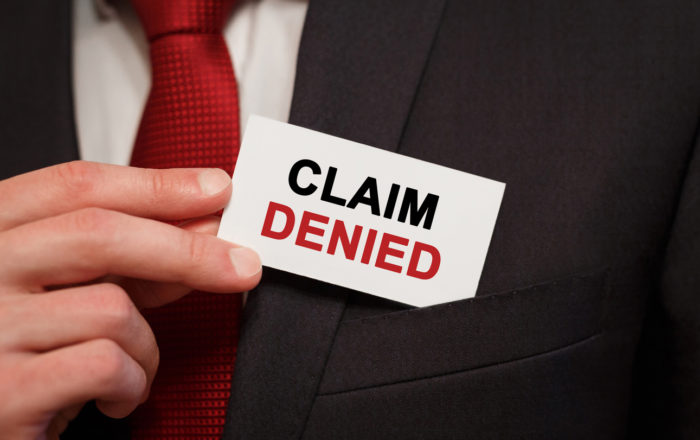Hurricane Irma made a mess of Florida as it slammed into the Keys and pushed its way up the west coast, uprooting trees, destroying neighborhoods and costing lives. We all must now go forward and rebuild what is left.
Homeowners are fortunate in that their roofs, walls and floors can be more easily be repaired. The process begins by filing a claim with the insurance company. Claims can become confusing and convoluted, but a state statute works in the policyholder’s favor. It is called the Homeowners Claims Bill of Rights, set forth in Florida Statute 627.7142. Essentially, the law summarizes – in nontechnical terms – the rights of residential-property owners who file a claim.
“Insurers issuing residential property insurance policies must provide a Claims Bill of Rights to a policyholder within 14 days after they receive a communication with respect to a claim, unless the claim follows an event that is the subject of a declaration of a state emergency by the Governor” The statute sets forth, “The failure of an insurer to properly deliver the homeowner Claims Bill of Rights is subject to administrative enforcement by the Office of Insurance Regulation….”
Some insurance companies skillfully discourage harried homeowners from hiring a lawyer to navigate their rights under an insurance policy. Not only is that unscrupulous, it also is against the law. Will every homeowner require the assistance of a lawyer or other professional to pursue and be properly compensated for their claim? No, in fact most homeowners will satisfactorily settle their claims. We suggest that homeowners find a licensed, well respected, and highly qualified contractor to assist them in determining damages.
Commercial-property owners are often faced with complex more extensive claims issues. In addition, the pressures of being out of business or suffering reduced business due to a damaged property can often place them at serious disadvantages. Although skilled business people, these are the very insureds who can end up receiving low ball offers and finding themselves digging out of a hole.
My law firm, Searcy Denney Scarola Barnhart & Shipley, believes it can help and add value to the claims recovery process for many commercial property owners. The firm’s team of experts includes Gauthier Houghtaling, a law firm in Metairie, La., which to date has collected more than $300 million in hurricane-related recoveries, and has dealt with disasters all across the country, including Katrina, Sandy and other disastrous storms.
Why do we believe we can assist in a way that adds value from our representation?
After a major storm, often commercial buildings will have suffered structural damage that insurance companies may miss or deny. A curtain wall, for example, is enormously expensive and can climb into the millions of dollars. Insurers will perfunctorily pay for the glass but not admit to the fact that the loss of the glass has compromised structural integrity. Establishments with multiple locations in Florida must deal with their insurance companies on a building-by-building basis, only to find those companies may try to reduce payouts. It is beyond business-as-usual for insurance companies. This is a catastrophe that affects them extensively and saving payouts where they can is the job given to adjusters. An insurance policy for the owner is no assurance they will act in the best interests of property owners.
The engineering side of these commercial cases is particularly complex. The investigation needed to discover the real damages to a building is costly and complicated and often is not undertaken by insurance companies unless an insured presses the claim. And even then, they often will refuse, until pushed, to do the right thing.
Common damage mitigation arguments that insurers assert to counter compromised structural integrity are damages caused by design defects, wear and tear, water leakage or seepage and earth movement. The result is a loss of load-bearing capacity because the building’s bones – its concrete, steel and structural integrity – are so stressed that their strength is stricken.
Replacement costs are another battleground when assessing damages. Some policies insuring commercial buildings are written in such a way that they do not cover replacement costs. In other words, they cover only actual cash value. Actual cash value is the cost of replacement by today’s standards, minus depreciation, to arrive at the bottom line. But what happens is the adjuster piles on tons of depreciation based on the age of the building. That is unfair because age is not the only factor in finding actual cash value.
Building-code exclusions in some policies set forth the insurer will not pay for repairs to meet building-code compliance. Those situations can be open to interpretation and may require experts to assist in countering those types of arguments. The building owner will be told the insurance company will pay for the cost of the old system but not the cost of repairing the damage and the bringing-up-to-code costs. The difference can be significant money.
Everyone buys insurance for a reason. The premiums are not pretty, and still property owners pay them for a reason. That reason has arrived and insurance companies should fulfill what they have promised.
Share This



